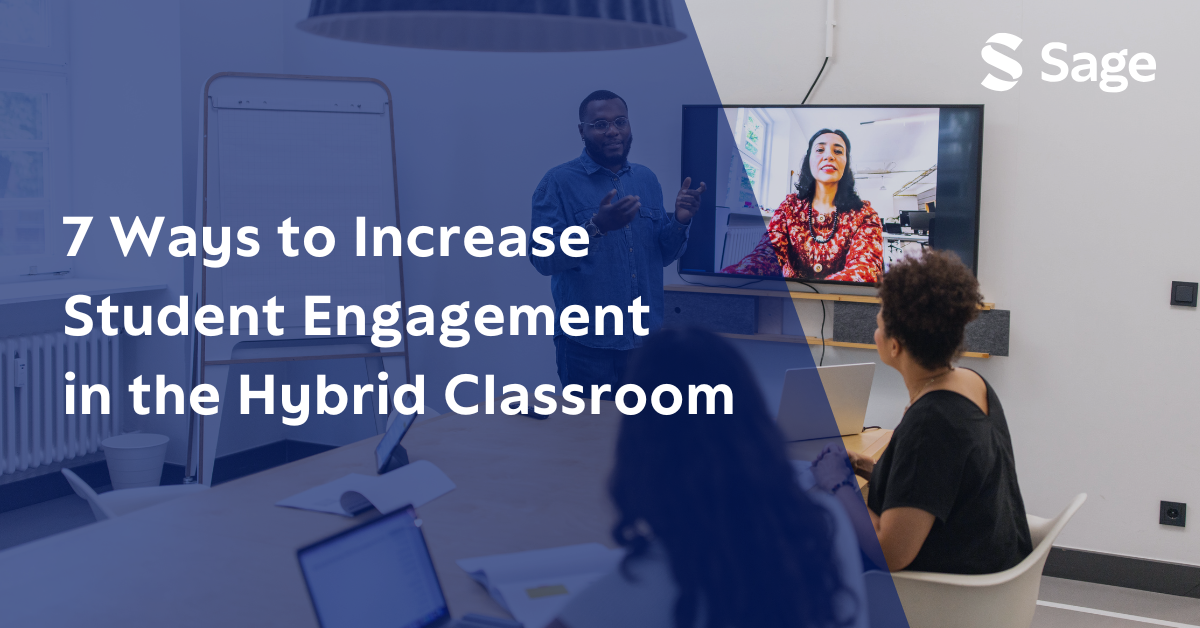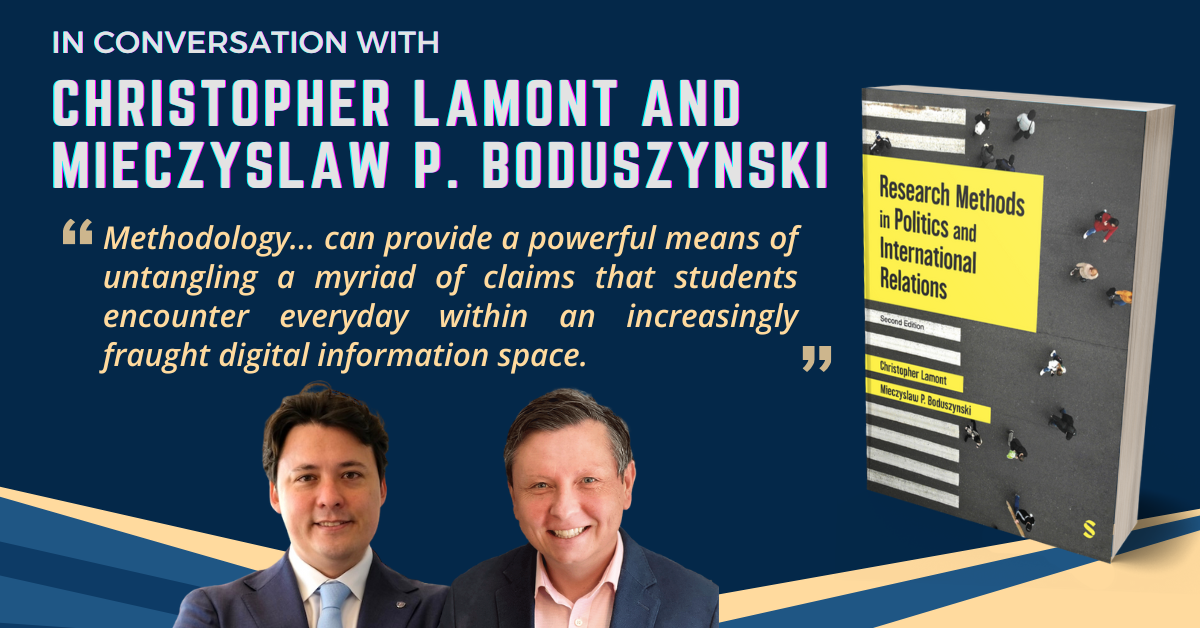
The higher education landscape has undergone a profound shift in the years following the COVID-19 pandemic. Traditional classrooms have evolved into hybrid environments, blending in-person instruction with online learning. For faculty, this new reality has redefined not only how knowledge is delivered but also how students interact with educational materials and each other. Student engagement has become a central concern, as educators seek to adapt their teaching methods to keep students motivated and actively involved in their learning.
At the same time, the way students engage with knowledge has transformed. Bookshelves in libraries have given way to textbooks in digital formats and a growing reliance on online resources. Students today expect seamless access to course materials and the ability to study at their own pace. To meet these evolving needs, educators must implement effective strategies to enhance student engagement, leveraging technology and innovative teaching practices to create dynamic, interactive learning experiences in the hybrid classroom.
This article explores actionable strategies to help faculty increase student engagement, ensuring that students not only access but also actively interact with textbooks and online resources. By embracing these approaches, educators can foster a more engaging and inclusive learning environment tailored to the needs of modern learners.
1. Provide Equitable Online Access to Textbooks
One of the most significant barriers to student engagement in the hybrid classroom is unequal access to learning materials. Many students struggle with the cost of physical textbooks or the logistical challenges of accessing them. By offering equitable online access to textbooks through your institution's digital library or academic publisher partnerships, you can ensure that all students have the resources they need to succeed. Digital textbooks are not only more affordable but also more flexible, enabling students to access them from anywhere and on any device. Additionally, features like searchability and in-text annotations make e-textbooks more interactive, encouraging deeper engagement with the material.
2. Seamlessly Integrate Resources with Your LMS or VLE
Hybrid classrooms thrive when resources are centralized and easily accessible. Integrating course materials, including textbooks, online resources, multimedia, and assignments, into your Learning Management System (LMS) or Virtual Learning Environment (VLE) ensures that students can access everything they need in one place. Features like single sign-on authentication simplify the process, allowing students to focus on learning rather than navigating multiple platforms. A well-organized LMS not only improves accessibility but also helps instructors manage their courses more efficiently, freeing up time to focus on interactive and engaging teaching methods.
3. Design for Accessibility to Match All Learning Needs
An inclusive hybrid classroom is one where all students, regardless of their abilities, can participate and thrive. Accessibility should be a cornerstone of course design. This includes providing materials in multiple formats (e.g., text, audio, and video) and ensuring compatibility with assistive technologies such as screen readers. Captioned videos, adjustable font sizes, and high-contrast visuals are simple but effective ways to make learning materials more accessible. By accommodating diverse learning needs, you create an environment where every student feels supported and empowered to engage fully.
4. Promote Flexible and Personalized Learning Experiences
Flexibility is a key advantage of the hybrid classroom. Faculty can leverage this flexibility by offering personalized learning experiences that cater to individual student preferences and schedules. For example, asynchronous lectures allow students to learn at their own pace, while synchronous discussions foster real-time interaction and collaboration. Providing options for how students engage with course content—such as live debates, recorded lectures, or interactive quizzes—helps them take ownership of their learning journey. Personalized approaches not only increase engagement but also improve knowledge retention and academic performance.
5. Leverage Data Insights to Drive Engagement
Data-driven insights can be a game-changer for hybrid teaching. Modern LMS platforms and digital learning tools often provide analytics on student behaviour, such as time spent on readings, quiz performance, and participation in discussion forums. These insights can help you identify patterns and areas where students may be struggling. Armed with this information, you can tailor your teaching strategies to focus on the aspects that have the greatest impact on student engagement and success. For example, if data shows low participation in online forums, you might introduce structured prompts or incentivize contributions to boost interaction.
6. Foster a Sense of Community
One of the challenges of hybrid learning is maintaining a sense of connection and community among students. Faculty can address this by creating opportunities for collaboration and peer interaction. Online discussion boards, virtual study groups, and collaborative projects are excellent ways to build a sense of belonging. Encouraging students to share their perspectives and engage in meaningful dialogue not only enhances their understanding of the material but also fosters a supportive learning environment. Regular check-ins and open office hours, whether virtual or in-person, can further strengthen the teacher-student relationship.
7. Incorporate Real-World Applications
Students are more likely to engage with material that feels relevant to their lives and future careers. Social sciences courses provide ample opportunities to connect theory with practice. Case studies, fieldwork projects, and guest lectures from industry professionals can bring real-world applications into the classroom. These approaches not only make the material more engaging but also equip students with skills and knowledge they can apply beyond the classroom.
As we move forward in the hybrid learning environment, it's clear that the key to student engagement lies in adaptability and thoughtful course design. While the challenges of balancing in-person and online learning remain, the strategies outlined provide tangible ways for educators to create more dynamic and interactive experiences for their students. By focusing on accessibility, community-building, and personalized learning, instructors can foster a classroom where students are not just participants but active learners. Ultimately, it’s this commitment to innovation and responsiveness that will shape the future of education and ensure that students thrive in this evolving landscape.






